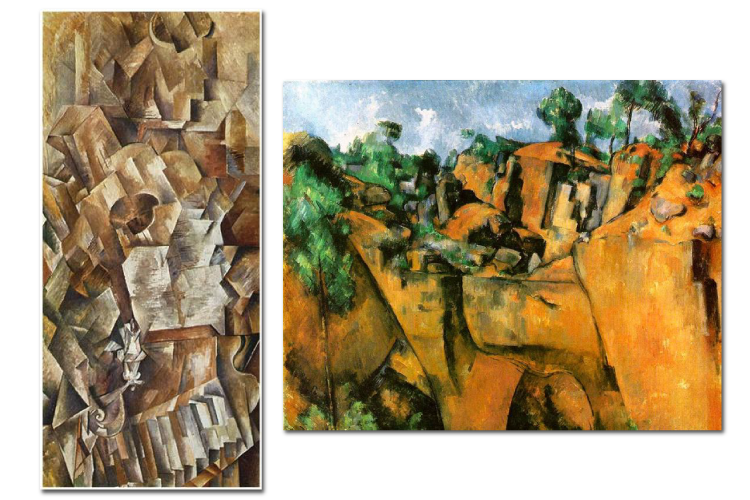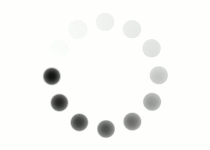Are you ready to take this lesson's quiz? The questions below will help you find out. Make sure you understand why each correct answer is correct—if you don't, review that part of the lesson.
1. What are the elements of art?
- Color, balance, variety, space, shape, and unity
- Color, line, texture, space, shape, form, and value
- Color, rhythm, repetition, space, shape, form, and balance
- Movement, balance, unity, space, repetition, and value
There are seven elements of art. They are color, line, texture, space, shape, form, and value. These are the building blocks of visual art and can be manipulated through use of the principles of design.
There are seven elements of art. They are color, line, texture, space, shape, form, and value. These are the building blocks of visual art and can be manipulated through use of the principles of design.
There are seven elements of art. They are color, line, texture, space, shape, form, and value. These are the building blocks of visual art and can be manipulated through use of the principles of design.
There are seven elements of art. They are color, line, texture, space, shape, form, and value. These are the building blocks of visual art and can be manipulated through use of the principles of design.
2. What are the principles of design?
- Contrast, Value, Color, Emphasis, Balance, Harmony, Movement, Proportion/Scale, and Line
- Balance, Color, Variety, Emphasis, Line, Harmony, Value, Space, and Movement
- Balance, Unity, Variety, Contrast, Movement, Rhythm, Emphasis, Repetition/Pattern, Proportion/Scale, and Harmony
- Repetition/Pattern, Variety, Color, Line, Harmony, Texture, Value, and Space
The principles of design are the tools artists use to put the elements together in their artwork. The principles of design are balance, unity, variety, contrast, movement, rhythm, emphasis, repetition/pattern, proportion/scale, and harmony.
The principles of design are the tools artists use to put the elements together in their artwork. The principles of design are balance, unity, variety, contrast, movement, rhythm, emphasis, repetition/pattern, proportion/scale, and harmony.
The principles of design are the tools artists use to put the elements together in their artwork. The principles of design are balance, unity, variety, contrast, movement, rhythm, emphasis, repetition/pattern, proportion/scale, and harmony.
The principles of design are the tools artists use to put the elements together in their artwork. The principles of design are balance, unity, variety, contrast, movement, rhythm, emphasis, repetition/pattern, proportion/scale, and harmony.
3. Which principle of design is used to manipulate shape and form to create movement and rhythm in the artworks shown below?

- Repetition/Pattern
- Balance
- Harmony
- Emphasis
These two Cubist pieces use repetition/pattern to manipulate shape and form. They do this to create visual rhythm and movement in their artworks.
These two Cubist pieces use repetition/pattern to manipulate shape and form. They do this to create visual rhythm and movement in their artworks.
These two Cubist pieces use repetition/pattern to manipulate shape and form. They do this to create visual rhythm and movement in their artworks.
These two Cubist pieces use repetition/pattern to manipulate shape and form. They do this to create visual rhythm and movement in their artworks.
Summary
Questions answered correctly:
Questions answered incorrectly:
